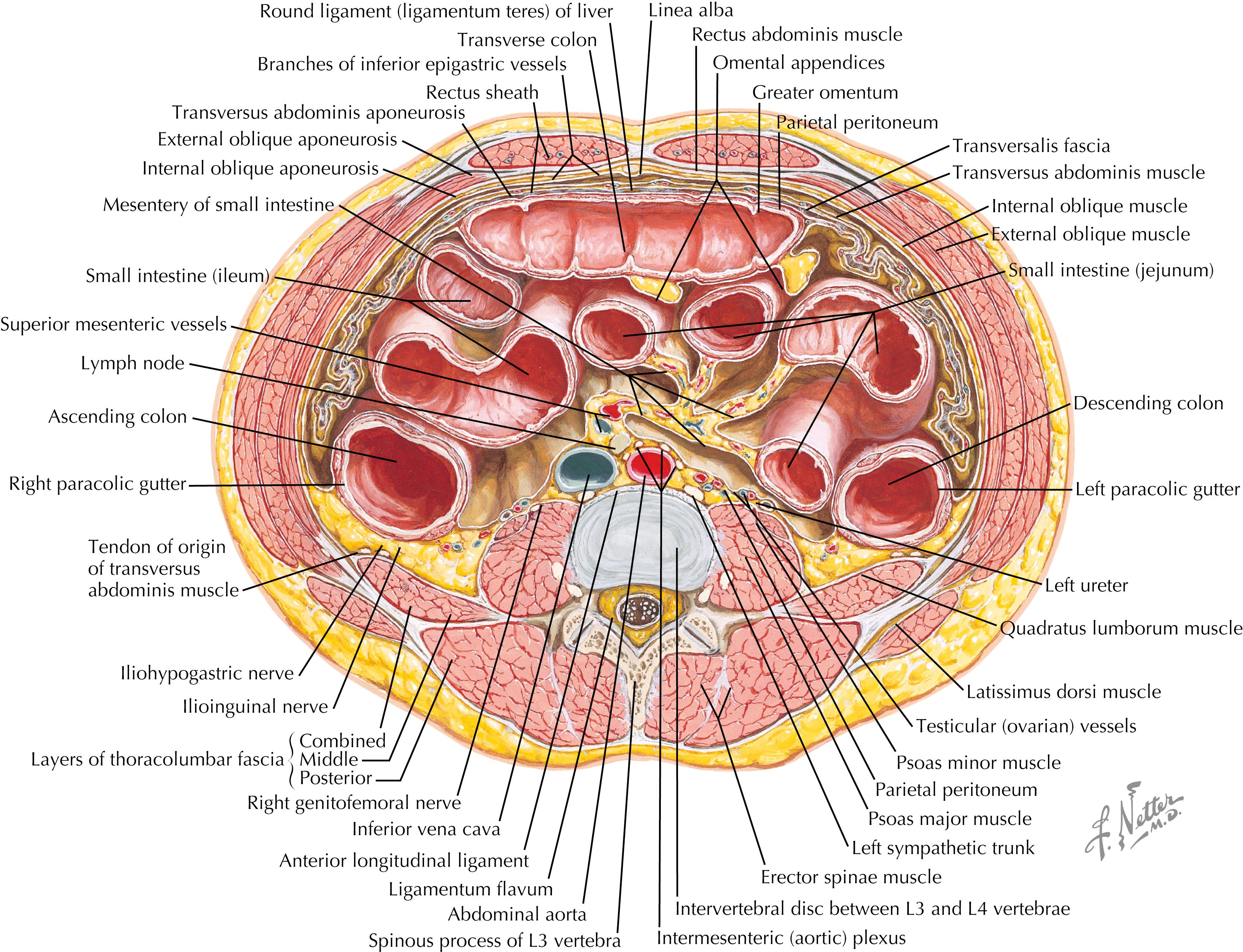Physical Address
304 North Cardinal St.
Dorchester Center, MA 02124
The authors would like to acknowledge Dr. Christopher M. Watson for his work on the previous edition chapter.
Intraabdominal abscesses (IAAs) can serve as significant causes of morbidity if not promptly diagnosed and treated. IAAs occur when a previously sterile site, such as a solid intraabdominal organ or the peritoneal fluid, becomes inoculated via natural or iatrogenic means and the infection is walled off by a local inflammatory response. In reaching a diagnosis, risk factors to consider include recent intraabdominal procedures, penetrating trauma, or inflammatory conditions involving one or more abdominal viscera. Taking these into account, an experienced clinician can make the diagnosis by combining the clinical examination with one of several imaging modalities. Once diagnosed, treatment involves correcting the resulting physiologic derangements, if septic, while ultimately achieving source control and initiating early, judicious use of appropriate antibiotics. If managed appropriately, the prognosis is favorable. Prevention of IAAs remains a topic of active investigation.
A 65-year-old female presented to the emergency department with 3 days of progressively worsening left lower quadrant pain. She had never experienced similar pain before. Associated symptoms included a low-grade fever to 38°C and loose bowel movements. Her past medical history was remarkable for hypertension alone. She had no history of prior abdominal operations, and she had yet to undergo a screening colonoscopy as recommended by her primary care provider (PCP). On examination, she was tachycardic to 105 and normotensive with a blood pressure of 135/75. Her abdominal exam demonstrated mild left lower quadrant tenderness without significant guarding or peritoneal signs. Initial lab work revealed a leukocytosis to 15,000 white blood cells/dL but no other significant abnormalities. Computed tomography (CT) imaging subsequently identified a pericolonic abscess measuring 6×4 cm with associated inflammatory changes about the sigmoid colon with numerous diverticula. This patient with diverticulitis complicated by pericolonic abscess subsequently was started on broad-spectrum antibiotic therapy with ceftriaxone and metronidazole prior to undergoing CT-guided percutaneous drain placement later that same day. Over the course of a 2-day hospital stay, the output of her Interventional Radiology (IR) drain decreased significantly, and her pain and appetite both improved. Her examination improved as the drain output decreased, and she was discharged home with oral antibiotics to complete a 4-day course following source control with the IR drain placement. Follow-up imaging demonstrated resolution of the pericolonic abscess, and the drain was subsequently removed. Colonoscopy completed 6 weeks later confirmed the presence of diverticulosis with no underlying malignancy.
All IAAs result from the inoculation of a normally sterile site within the abdominal cavity. These sites include the nonluminal aspects of various organs, as well as the small quantity of peritoneal fluid that naturally resides within the abdomen. When healthy, this fluid amounts to roughly 50 mL and travels in a typical pattern determined by the various peritoneal reflections and potential spaces. These potential spaces within the abdomen include the pelvis, the lesser sac, the subdiaphragmatic spaces, both right and left paracolic gutters, and between “loops” or folds of the peritoneum, mesentery, or omentum ( Fig. 46.1 ). The volume of this fluid is maintained via absorption in two ways: It either is continuously reabsorbed as it traverses the peritoneal cavity, or it gets reabsorbed in the pleural spaces after it passes through tiny pores in the diaphragm. Increased amounts of fluid, such as occurs with ascites or after irrigation during an operation, will continue to flow along typical routes unless altered by the surgical procedure itself. For example, after gastric resection and anastomosis, a common site for fluid to collect is in the retrogastric space made as a result of operative dissection. Additional mechanisms that can alter the flow of peritoneal fluid may arise in association with intraabdominal infections (IAIs). The inflammatory process associated with these infections often results in localized adhesions that may result in the isolation of this fluid. This leads to an increased risk of infection as fluid stasis allows for either inoculation by direct spread from the inflammatory process or from indirect spread from the bloodstream. Solid organs themselves may also become inoculated with pathogens via the bloodstream, which results in a localized infection. This includes hepatic and splenic abscesses. Similarly, hollow organs may also develop abscesses within their walls from microperforations or macroperforations, as seen with periappendiceal and pericolonic abscesses.

It is unclear how the prevalence of IAAs differs around the world. Studies from Europe, North America, and Japan seem to imply a relatively similar incidence and pathophysiology, including the organisms most commonly cultured. It is obvious, however, that a large number of abscesses are iatrogenic in nature following abdominal surgery or arising from device-associated bloodstream infection. Because of this, non-iatrogenic infections, such as periappendiceal or peridiverticular abscesses, most likely compose a higher percentage of cases in geographic regions where high-technology medical care is unavailable.
The most common risk factors for IAA are diseases that lead to the perforation of a hollow viscus. These conditions can be categorized as either naturally occurring or iatrogenic. The most common naturally occurring conditions associated with IAA include congenital gastrointestinal, urologic, or gynecologic anomalies; inflammatory conditions of the intraabdominal organs (such as appendicitis and diverticulitis); penetrating abdominal trauma; and causes of intestinal obstruction (such as hernias or adhesions) that can secondarily lead to perforation and abscess formation. The most common medical interventions that are associated with subsequent IAA are gastrointestinal endoscopy and surgical procedures on the gastrointestinal, urologic, or gynecologic organs. In the absence of any connection to a hollow viscus, a postoperative IAA would be more specifically categorized as an organ space surgical site infection, although the management of such an abscess is more similar to a de novo IAA than an incisional surgical site infection.
Become a Clinical Tree membership for Full access and enjoy Unlimited articles
If you are a member. Log in here